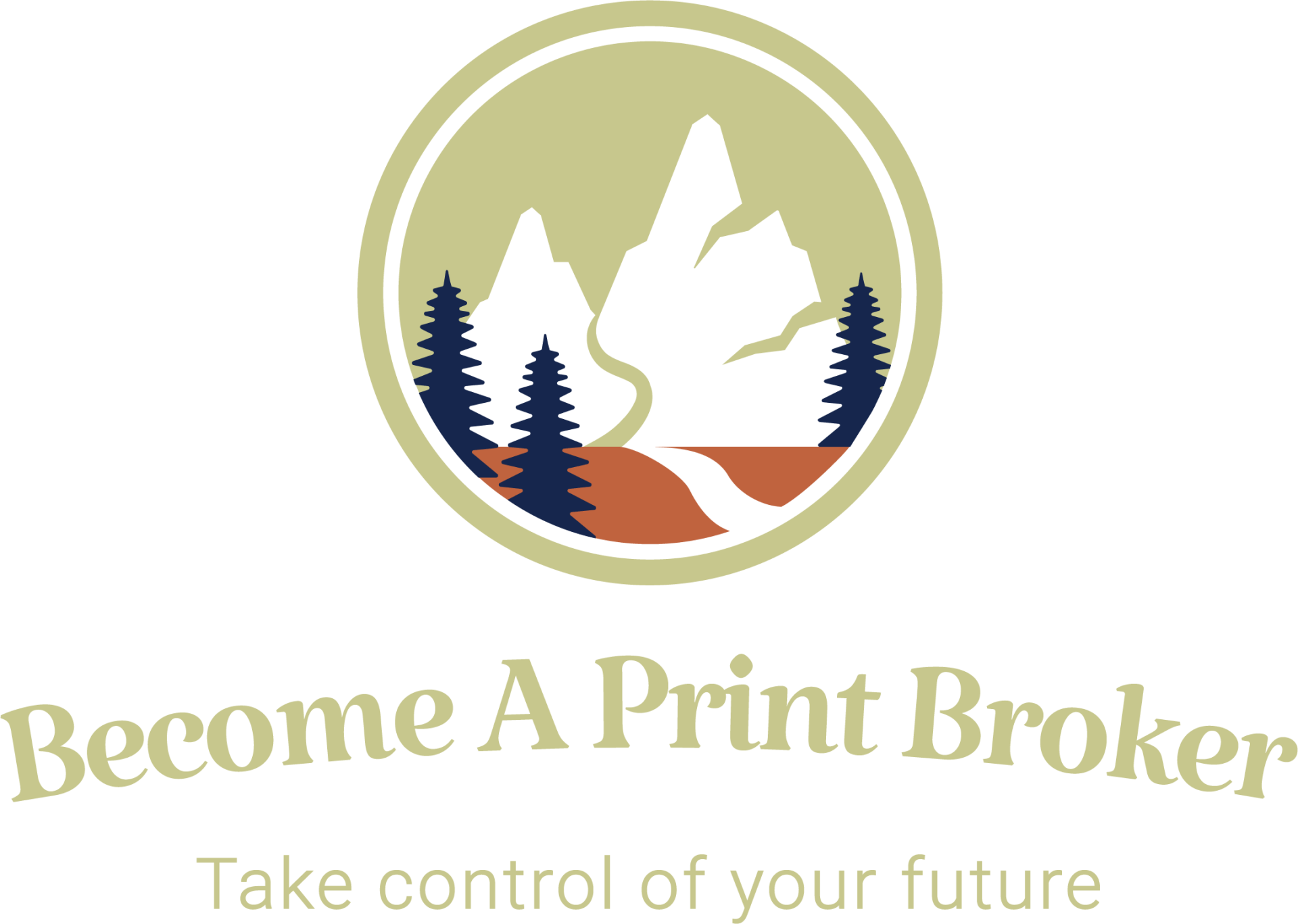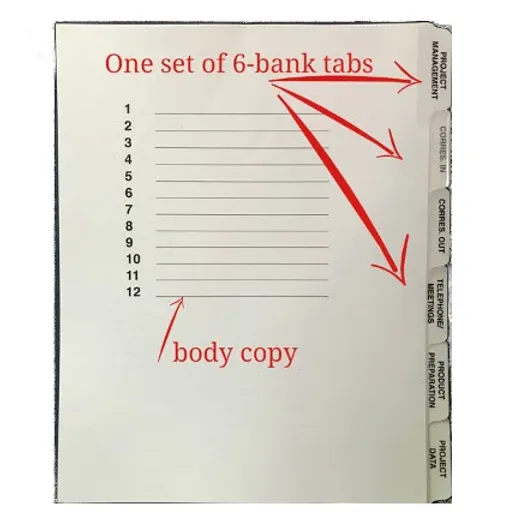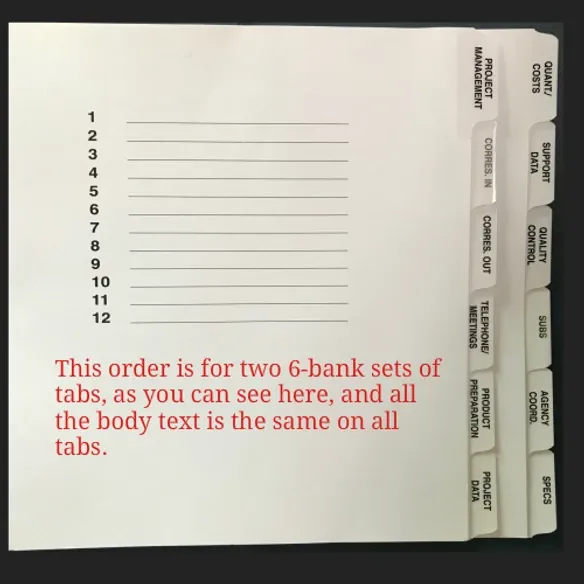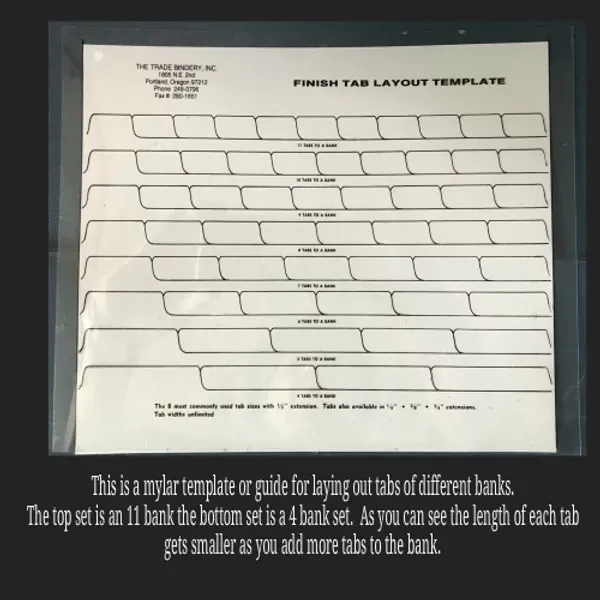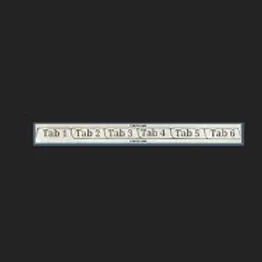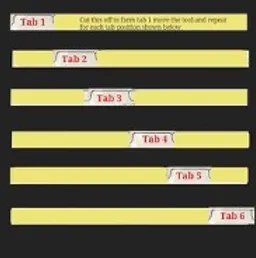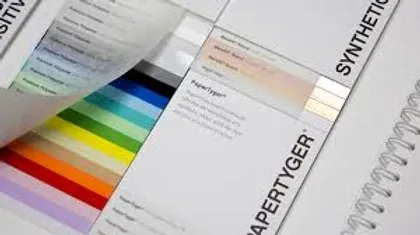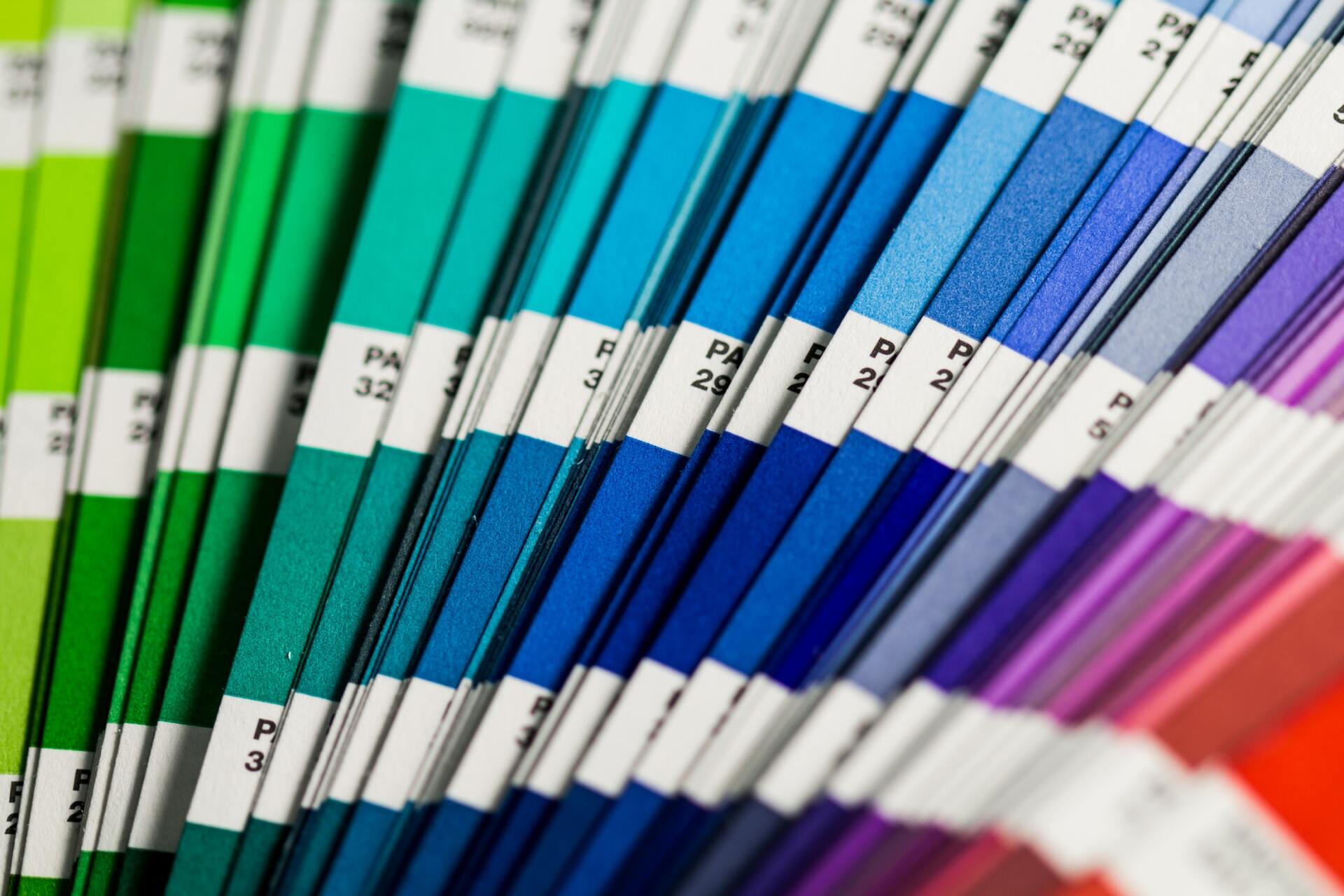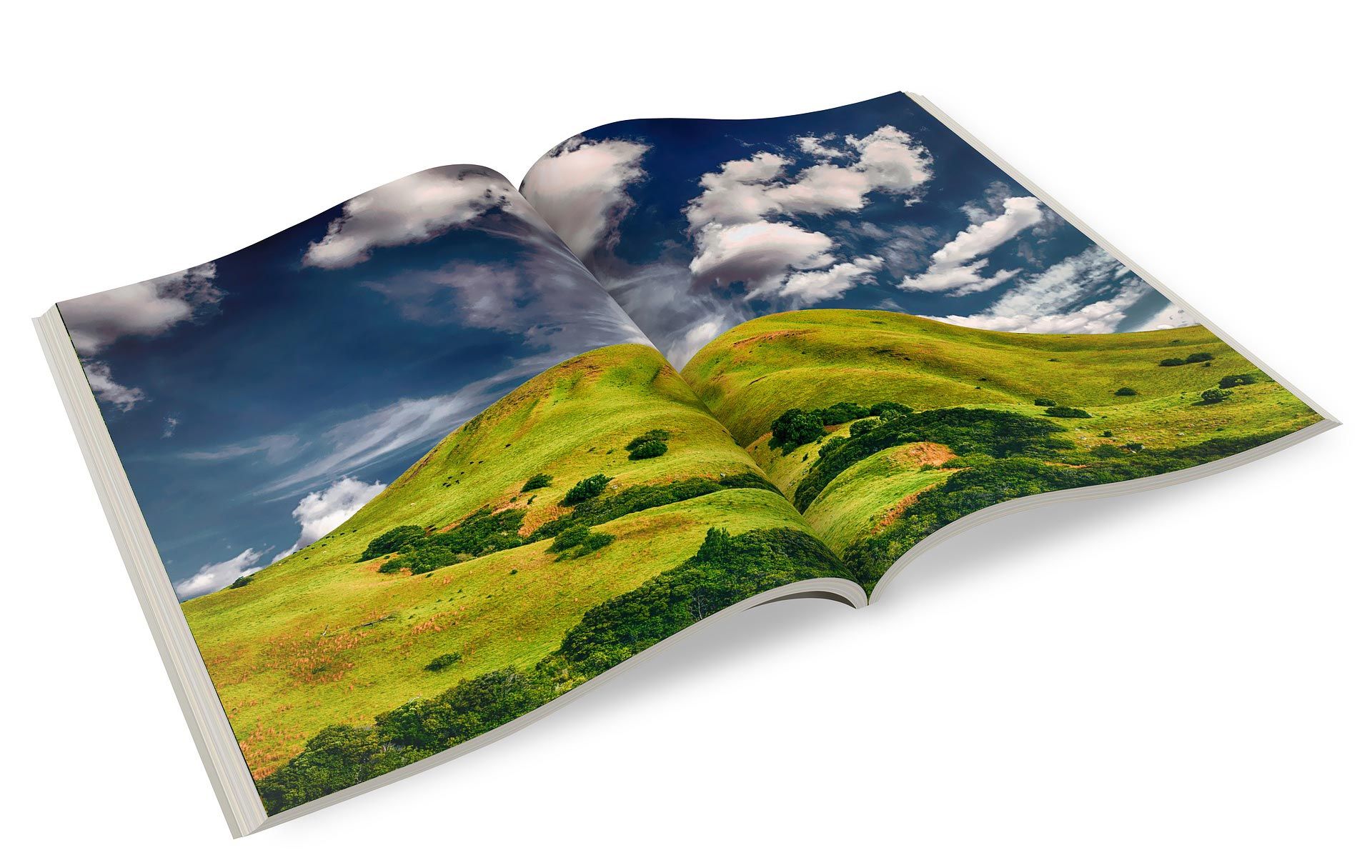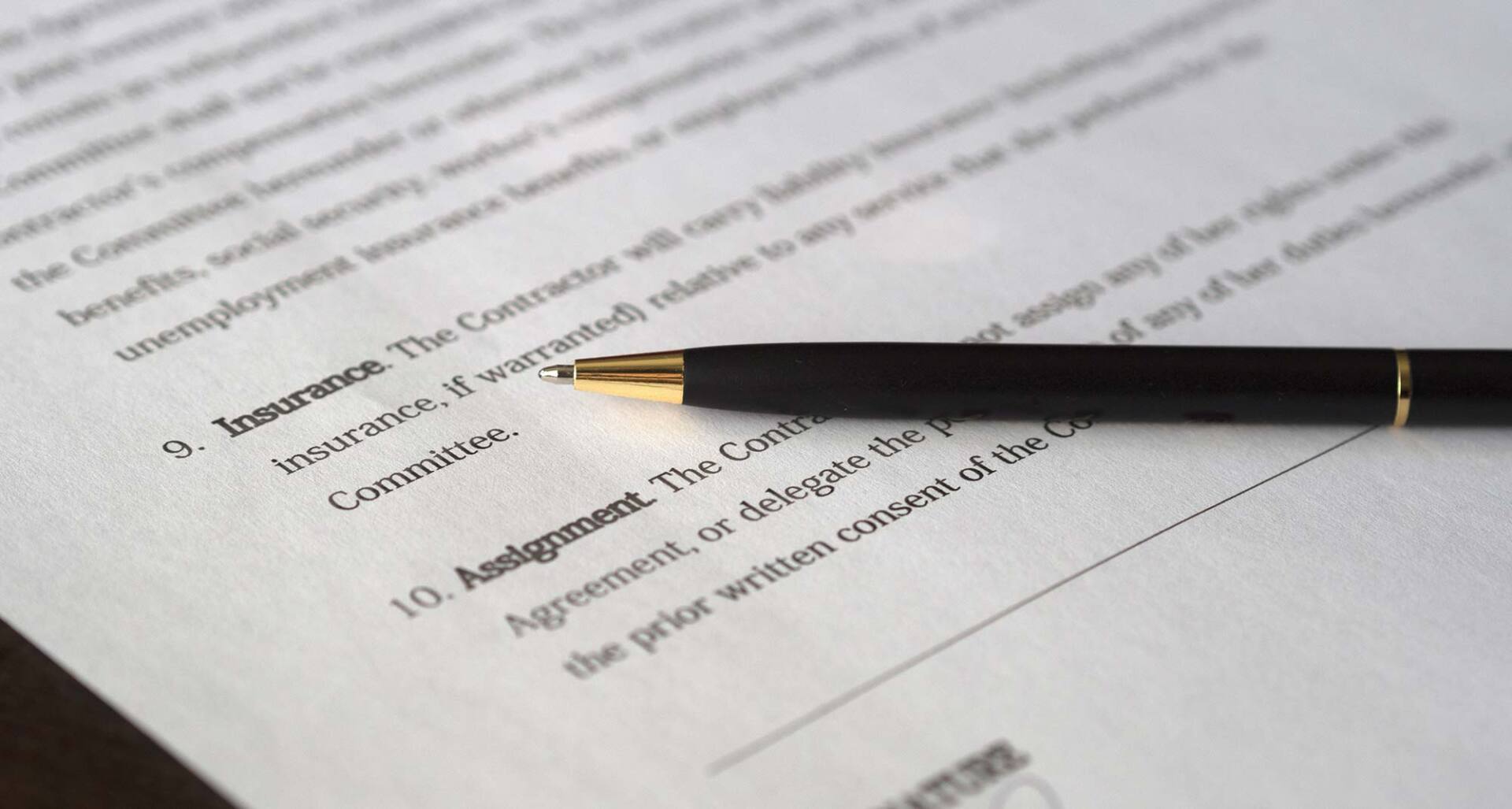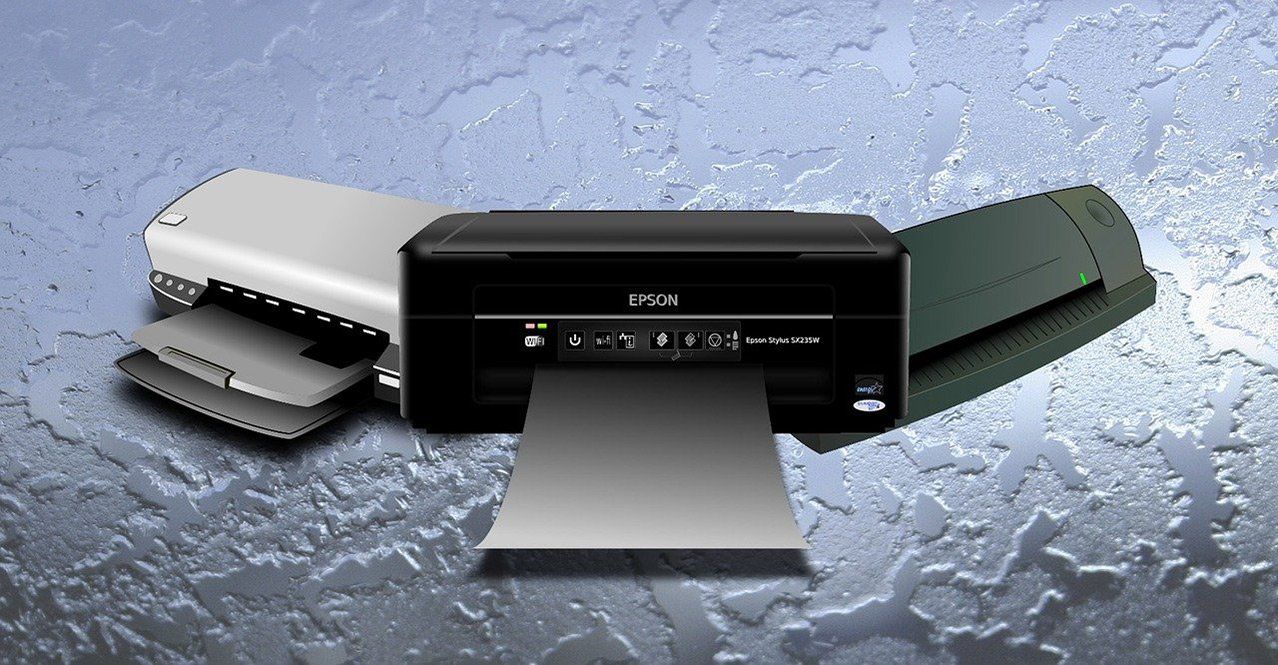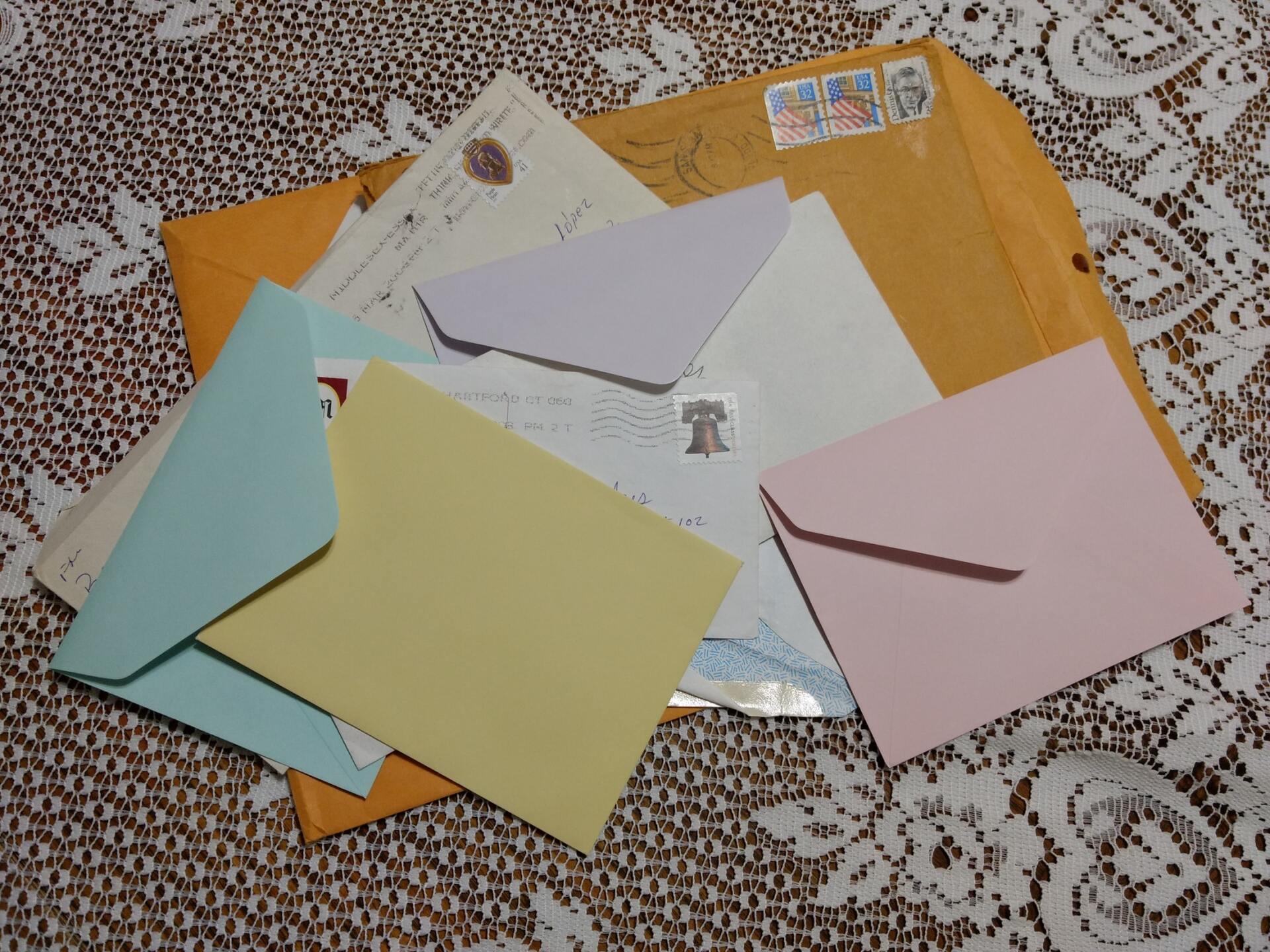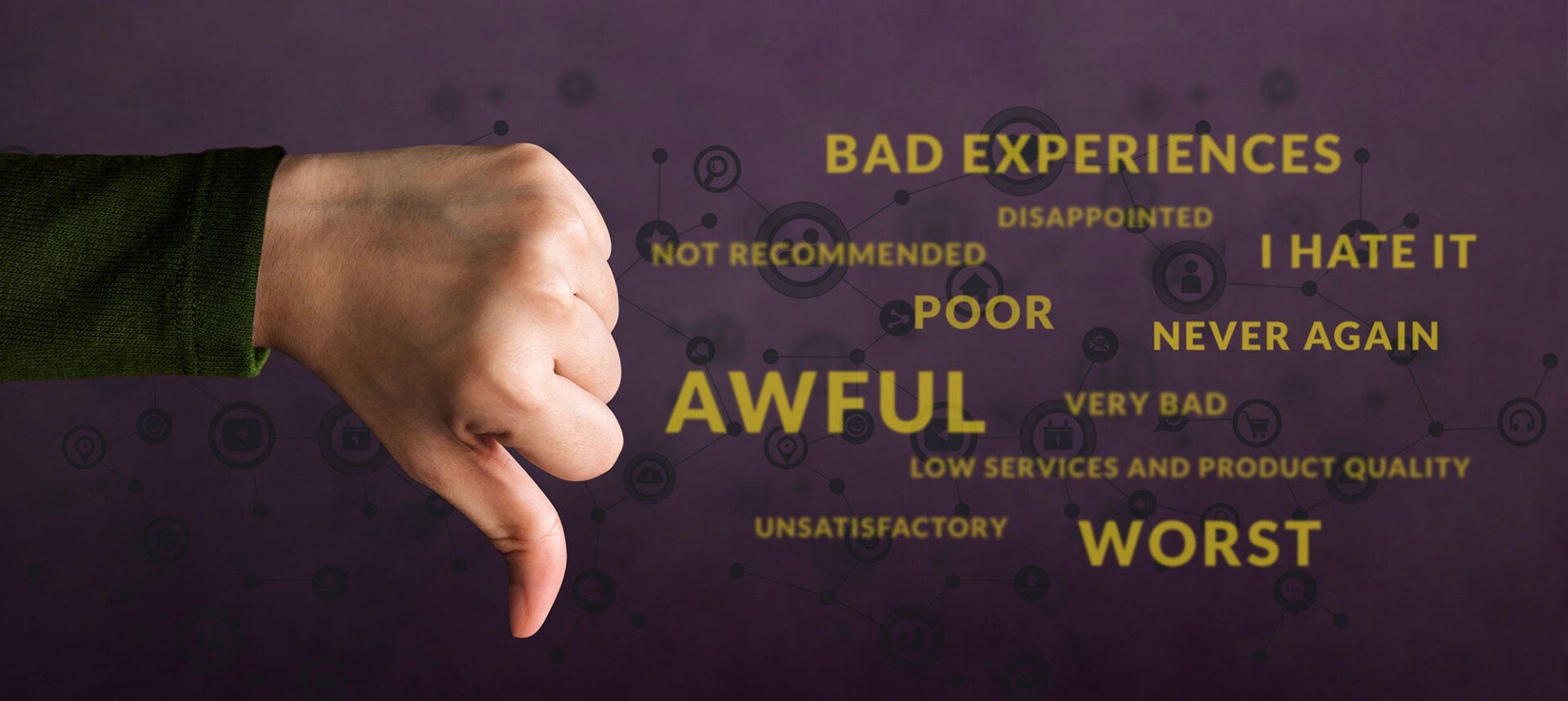Notebook tabs may seem like a narrow niche’ that you could ignore, but I talked to a vendor in Portland OR who makes notebook tabs (among other things) and I asked him if that portion of his business was growing or tapering off. He said it’s still a robust line of business and estimated that he produces about 1 million tabs a month worth upwards of $150,000 monthly. That’s significant, when you consider he’s just one small firm in Portland Oregon.
Are any of your clients using notebook tabs for their internal documentation? Is there an opportunity to pick up any of that business?
Police departments, legal firms, engineering firms, human resources agencies, call centers, hospitals, employment agencies, government organizations, and research facilities, are all organizations that might use notebook tabs. Anyone who needs to organize large volumes of documents, or who works on complex projects over a long time period, may be a likely customer for notebook tabs.
You’ll need answers to the following 10 questions and an understanding of the unique vocabulary associated with some of the attributes of tabs. Don’t skip any of these questions because all of them are relevant to a new tab order.
1. Where will the tabs be displayed (on the right side of a notebook or the bottom of a document)? Is the final size of the document 8.5 x 11 before adding the tab?
2. What is the depth and length of each tab? Most tabs are ½” deep but the length is expressed as a “bank” (a 3-bank tab is quite long, approximately 3.66” or 2.75” if displays on the bottom, because there are only 3 tabs in the bank. A 6-bank tab is much shorter because there are 6 tabs along the 11” or 8.5” side of the sheet depending on which side is the binding side.) See the mylar template picture to see how long each tab is in a bank.
3. How many tabs will be needed? One set of notebook tabs could consist of three 5-bank tabs = 15 tabs in the set, or it could also consist of five 3-bank tabs also equal to 15 tabs in the set. Another example is one set of 12-bank tabs = 12 tabs in the set, or two 4-bank tabs = 8 tabs in the set. Then you need to find out how many total sets are being ordered.
4. If the tabs are printed, are they printed only on the front of the tab, or on both sides?
5. Is there printing on the body of the sheet, one side or both sides? This is called
body
copy and if the body copy is not the same on all tabs in one bank, the cost of the tabs will increase massively, which I will explain later.
6. Will the tabs need to be mylar reinforces, and if so, in what color(s)?
7. Will the binding edge need to be mylar reinforced, again in what color?
8. Will the binding side need to be drilled, and if so in what pattern (for example, standard notebook 3 holes, or two holes at the top or left side for 3” or 4” prong binding)?
9. If there is print on the tabs what color of ink or is it a full color image?
10. Will you need the tabs collated into sets prior to delivery? This can be a significant issue. For example, if you order 1000 total sets of tabs consisting of five 3 bank tabs, the order has 15,000 sheets of paper that need to be collate together. Doing that work by hand takes forever, it’s a much better use of your time to have these sets collated mechanically.
If, however,
the body copy changes on every tab in that last example, there would still be 18000 sheets in the total print run, but there would be 18 plate changes, because each tab would need to have its own unique plates and press run. Now if the text or image on the tab or body copy, is full color then there would be 18 full color set-ups to produce the printing. The difference between 3 set-up and 18 set-ups can add thousands to your estimate. You’ll need to confirm what body copy is on the tabs and if it is identical from tab to tab. If you miss this step and your vendor assumes there is no body copy, your estimate might come in at $600. You may win the bid based on your great price but then you find out there’s unique body copy on all the tabs and your print costs shoot up to $1600. That is hard to explain to your client after you won the bid based on $600 plus your mark up. When tabs are printed, all the text on all the tabs in one bank are printed on every sheet. The information that is not needed is trimmed off as shown below. You can see that this methodology of printing all tabs at the same time is not possible if the body copy changes from tab to tab.
Now regarding the cutting and other bindery functions for notebook tabs. In this example there are 6000 sheets printed with all 6 tab’s text printed along the side of the sheets. The die cutter would set up the die cutting tool and cut off everything except the text for tab 1 on 1000 sheets then they would move the die cutting tool and cut off the text for tab 1 plus everything beyond tab 2 on 1000 sheets, as shown in yellow on Tab 2 in the the
picture below.
The creation of notebook tabs is a fun project for print brokers and can be very lucrative. In addition, you’re helping your client create exactly what they need for their unique projects and you’re saving them from having to create their own tabs from tools and supplies in office stores such as Staples. It’s one thing to set-up one notebook with tabs, it’s quite another to set up 40 or 50 of them. Being able to arrange their project in a notebook with preprinted tabs is a time saver and creates professional documentation for your clients.
We’ve printed close to 200,000 tabs over the years and they have been a great source of repeat business. I was thrilled to learn from Johnny, that his business is still producing 1 million tabs a month. I recommend that you be on the lookout for notebook tab opportunities when you’re meeting with your clients. If you need help sourcing the design and bindery for notebook tabs let me know, I will help you.
